Money
Paddy floor price for 2025-26 harvest goes up over 1 percent
The price for common paddy is Rs36.28 per kg, and for ‘mota dhan’ it is Rs34.63.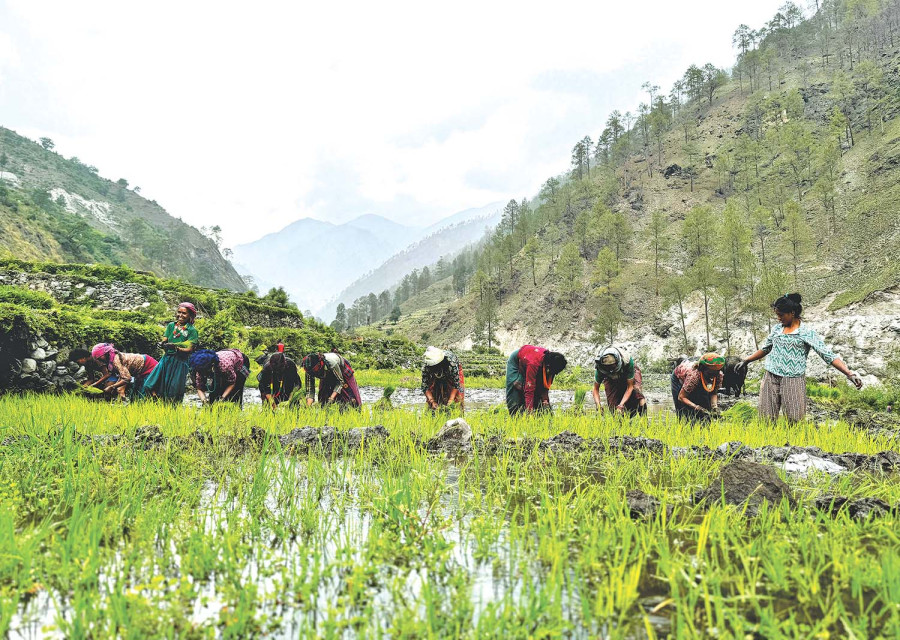
Post Report
The government has increased the minimum support price for paddy for the 2025-26 harvest. This is the third time in a row that the floor price has been set during the paddy transplantation period.
The Ministry of Commerce and Supplies had proposed the hike, which was approved by the Cabinet on August 11.
As per the decision, the minimum support price of common paddy has been raised to Rs3,628.33 per quintal (Rs36.28 per kg), up 1.33 percent.
The floor price for ‘mota dhan’ has been increased to Rs3,463.81 per quintal (Rs34.63 per kg), up 1.56 percent. The government does not fix a floor price for fine paddy.
The minimum support price is the lowest legal rate farmers are guaranteed for their harvest. It serves as a safeguard against sudden drops in market prices, with the government buying crops if no other buyers are available.
Typically, the price is announced before planting season so farmers can plan production.
Under the scheme, the government commits to purchasing a specific portion of the total harvest.
Nepal resumed the policy in 2012 following complaints that middlemen were dictating market prices.
Until 1999, the floor price for paddy and wheat was announced regularly, but the practice was abandoned after the launch of the 20-year Agriculture Perspective Plan.
Even when the price was announced, it was often set below projected market rates to limit the government’s purchase obligations. Delays were also common: in 2016-17, the announcement came in mid-November; in 2021-22, it was made on November 3—during harvest—when prices were raised by 8 percent.
Lawmakers have repeatedly criticised the late announcements, calling them “absurd” and counterproductive, as many farmers had already sold their crops by then.
They argued that the policy should encourage production, but instead discourage farmers. The government has set the price before the transplantation season only since the fiscal year 2023-24.
Paddy is typically transplanted in June and harvested by late October.
According to the Ministry of Agriculture and Livestock Development, as of August 10, paddy transplantation had reached 91 percent of the 1.37 million hectares nationwide. In Madhesh, coverage had reached 76 percent, while Koshi stood at 94.42 percent.
Revised figures from the Madhesh provincial ministry of agriculture show 80 percent completion—still the lowest among provinces. “There was continuous rainfall last week in Madhesh, with heavy showers on Saturday,” said Ajaya Gyawali, the ministry’s information officer.
“The rain allowed farmers to transplant more paddy. If it continues this week, we could cross 90 percent.”
Madhesh has 285,234 hectares of paddy fields spread across Saptari, Siraha, Dhanusha, Mahottari, Sarlahi, Rautahat, Bara, and Parsa.
Other provinces report higher completion rates: Sudurpaschim (99.72 percent of 176,151 hectares), Karnali (98.4 percent of 41,042 hectares), Lumbini (98 percent of 302,939 hectares), Koshi (94.42 percent of 276,386 hectares), Bagmati (93.56 percent of 115,621 hectares), and Gandaki (92.77 percent of 94,182 hectares).
Monsoon rains are crucial for Nepal’s Rs6.17 trillion economy, providing nearly 80 percent of water for agriculture and replenishing reservoirs and aquifers. With almost half of all the farmland lacking irrigation, the June–September rains are vital for crop yields, making monsoon performance a key macroeconomic indicator.
Agriculture contributes about 23.9 percent to GDP and employs more than 60 percent of the population. This year, heavy and regular pre-monsoon showers preceded an early monsoon arrival on May 29—two weeks ahead of schedule.




 8.12°C Kathmandu
8.12°C Kathmandu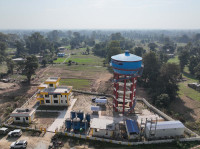
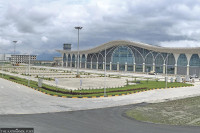




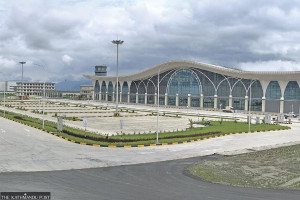

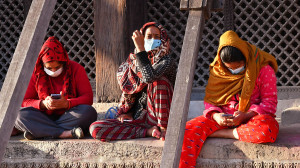
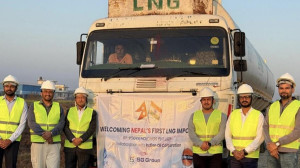


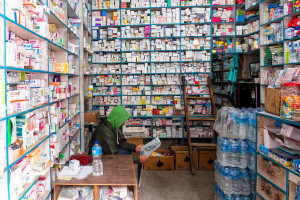
%20(1).jpg&w=300&height=200)
